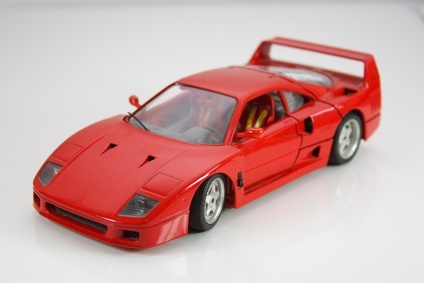
Ziebart International Corp.specializes in automobile rustproofing and appearance-protection services. Based in Troy, Michigan, it has more than 400 locations worldwide. The company was founded in 1959 in Detroit by Kurt Ziebart, who sought to commercialize a special treatment he'd developed to combat rust in car bodies. It began adding stores through franchising in 1970, and expanded into other areas of auto appearance protection in 1989. In 1994, the company was bought by its employees. Ziebart patented its rustproofing compounds and doesn't disclose the formulas.
Ziebart prepares the car or light truck for the rustproofing process by power washing the vehicle's underside and letting it dry. For used vehicles, technicians apply a rust-stopping primer to all rust-critical areas. Ziebart said it maintains a database of the rust-prone areas on more than 800 vehicle makes and models.
Once the car has been prepared, Ziebart applies its underbody sealer to all structural underbody metal to block air, water and salt from reaching the steel. Technicians use specially-developed spray wands to get inside all body panels, drilling holes when necessary, and apply the body panel sealer to critical areas to seal out the corrosive elements. They plug any holes they made with distinctive trademarked body plugs.
The sealants require 48 hours to fully cure, but the car can be driven immediately after treatment. The rustproofing compounds also have a smell that dissipates in about five days. The car can be washed after 30 days.
Ziebart guarantees that the cars it treats will never suffer rust-through, but the guarantee requires car and light truck owners to bring their cars to Ziebart for an annual inspection service. Ziebart will repair any defects in the coating by applying more sealant. The guarantee is transferable to a new owner.
According to Ziebart, the most rust-prone areas of the United States are along the Atlantic and Gulf Coasts and the states surrounding the Great Lakes. These areas, says Ziebart, have moist air, water, road chemicals and industrial pollution that combine in a relentless corrosive assault on auto body steel.